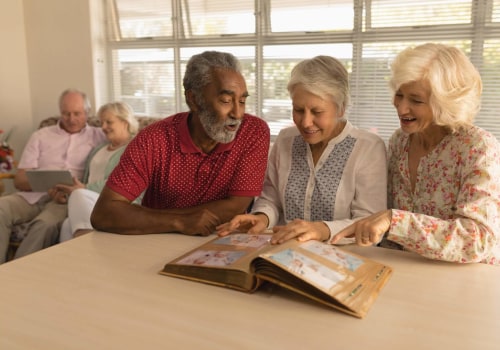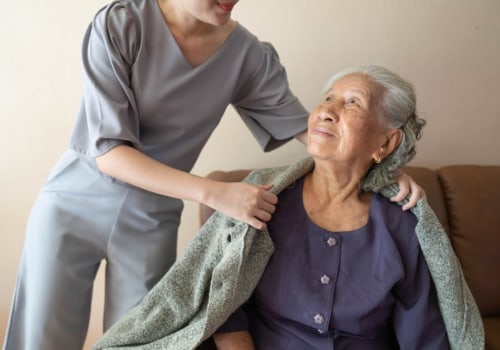Assisted living is often funded by savings, pensions, investments, Social Security, veterans benefits, and public programs such as Medicaid and SSI. In addition to income from sources such as retirement funds, pensions and savings, most seniors initially pay for assisted housing with Social Security retirement benefits, veterans benefits, insurance policies, home equity, and the sale of personal property. Leveraging home equity may be another way to help pay for assisted living. If your loved one owns a home or other property, consult a financial advisor before selling your home, applying for a home equity line of credit, or refinancing the mortgage.
Other personal assets that families sometimes sell to cover the cost of caring for the elderly include jewelry, cars that are no longer needed, and collections. Dealing with the complexities of financing elderly care can be overwhelming, but our sales advisors are here to help you explore the options available. From traditional approaches, such as personal savings and family support, to specialized financial instruments, such as long-term care insurance and VA benefits, there are numerous ways to help finance the housing and care needs of older people. In addition, government programs such as Medicaid and Medicare, as well as innovative solutions, such as the use of real estate assets and the use of life insurance, offer other avenues of financial assistance.
Most people pay for assisted living with current income from social security and pensions, along with the use of savings, including income from the sale of a home. Long-term care insurance is increasingly being used to offset the cost of assisted living. Some consumers convert life insurance policies into loans, and others have family members who help pay a portion of the monthly cost. Most employer benefits don't cover assisted living, but some programs can be used to pay for certain services. The care package is determined before the move, through a wellness evaluation, and will take into account the resident's personal needs, for example, if they need regular assistance with bathing and dressing, help administering their medications or specialized programs for the different stages of cognitive impairment.
In addition, trained staff are available 24 hours a day to provide support when needed, providing peace of mind for older people and their families. A valuable resource available to veterans is the Aid and Assistance Grant, which provides additional financial assistance to veterans who need the help of another person to carry out their daily activities, such as bathing, dressing, or eating. That's when it's time to consider moving to an assisted living community where they can get a little extra help with activities of daily living (ADL), such as dressing, bathing, or taking medications. In general, the traditional approach to paying for elder care prioritizes personal financial resources, whether through savings, income or family support, to ensure that older adults can afford the housing and care options that best fit their needs and preferences.
Medicare generally doesn't provide coverage for long-term ongoing care services, such as assistance with activities of daily living or stays in assisted living facilities or nursing homes. Because it's designed to supplement coverage, Medigap doesn't pay for assisted living or other types of long-term care. Even in assisted living communities that offer all-inclusive care prices, help with medication management or incontinence is often not included. In some cases, family members can also contribute financially to cover their loved one's senior living expenses.
In most parts of New England, assisted living communities cannot provide any medical or skilled nursing services, but many of them have relationships with local medical professionals who can comfortably provide care on site, such as temporary agency skilled nursing (VNA) services, podiatry, and physical, occupational and speech therapies. However, some (not all) Part C plans may cover certain non-medical services similar to those offered by assisted living centers, such as help with daily living activities, meal delivery, and transportation to and from medical appointments. They also pay for their own personal toiletries, health and beauty products, hairdressing, clothing, medical care, medications, incontinence supplies, and dry cleaning (and usually pay an additional fee to the assisted living community to wash their personal clothes).The cost of assisted living in Florida varies widely depending on location, amenities and services offered. Financial assistance programs, including Medicaid, may be available to people with limited resources, although not all assisted living communities participate in these programs.
In assisted living communities, older people enjoy the freedom to focus on what really matters: spending time with friends, participating in activities and enjoying meals prepared by the chef without the burden of maintaining a home or managing daily tasks.


